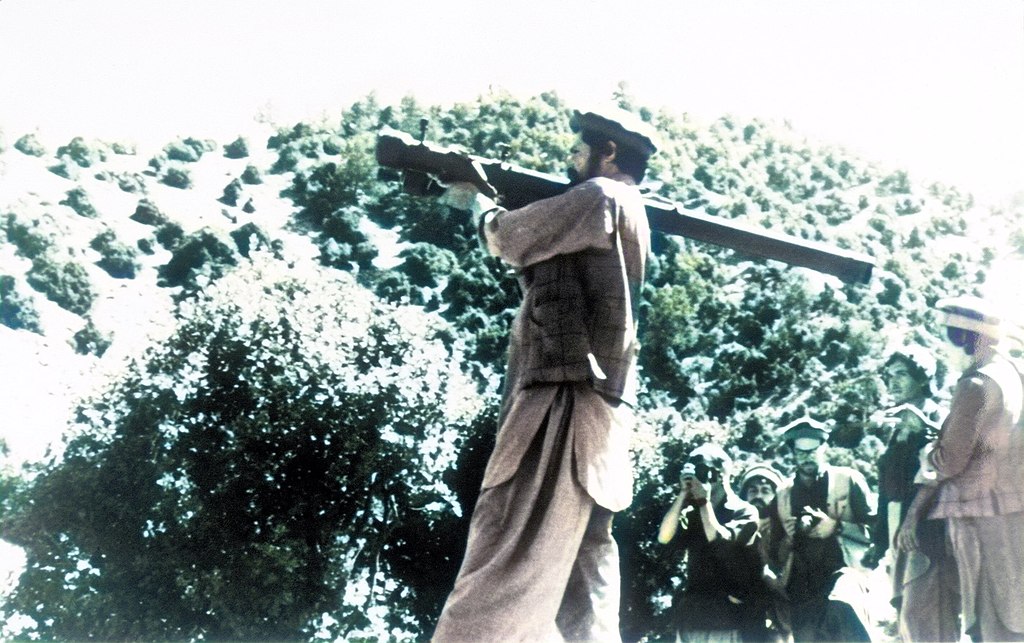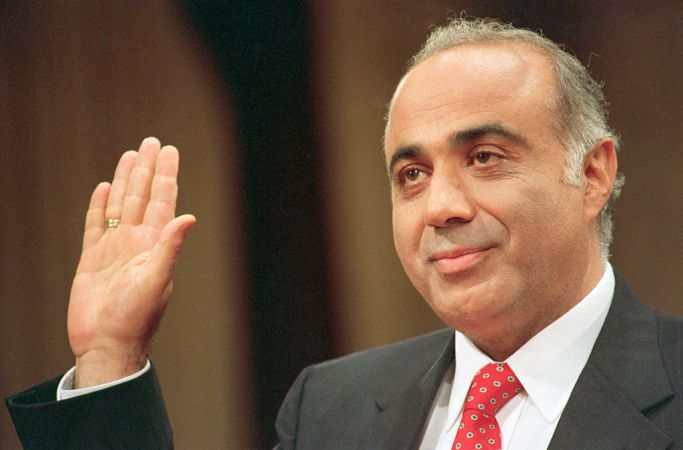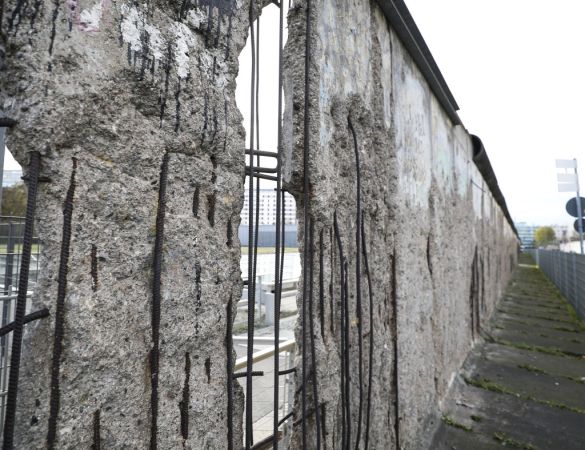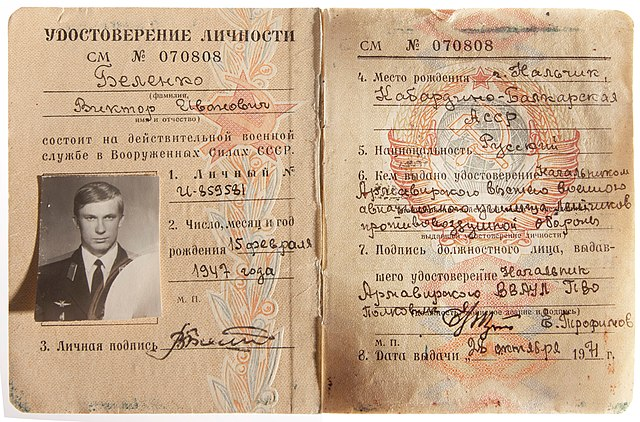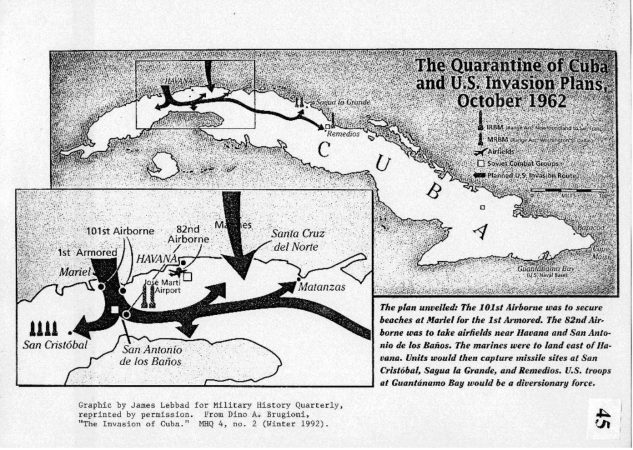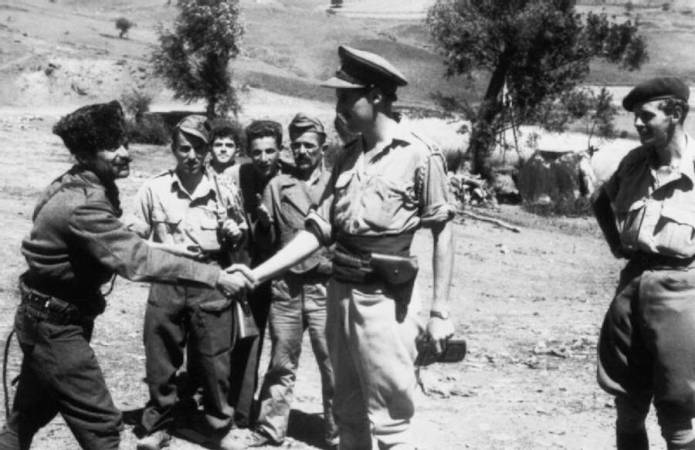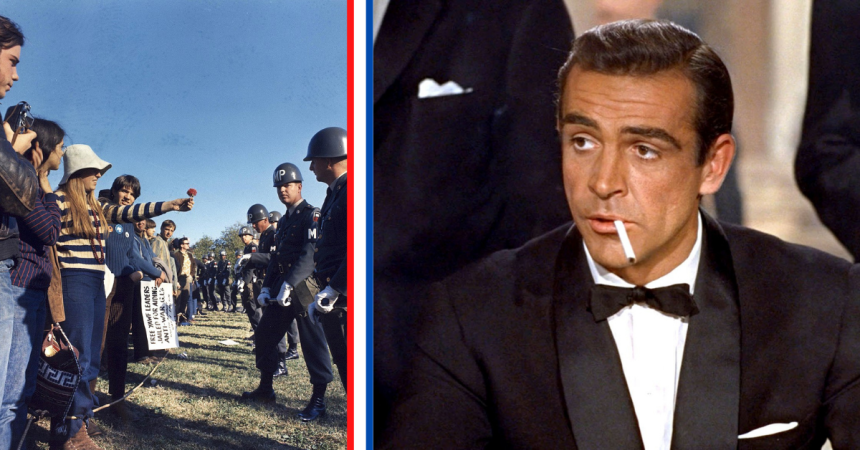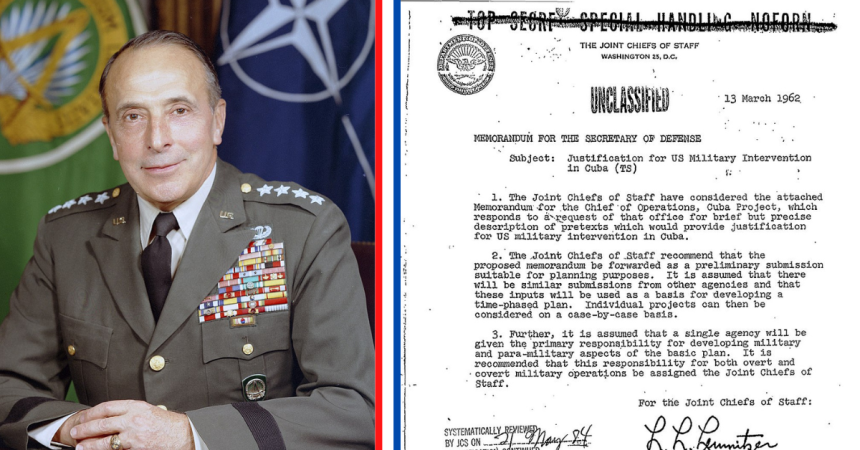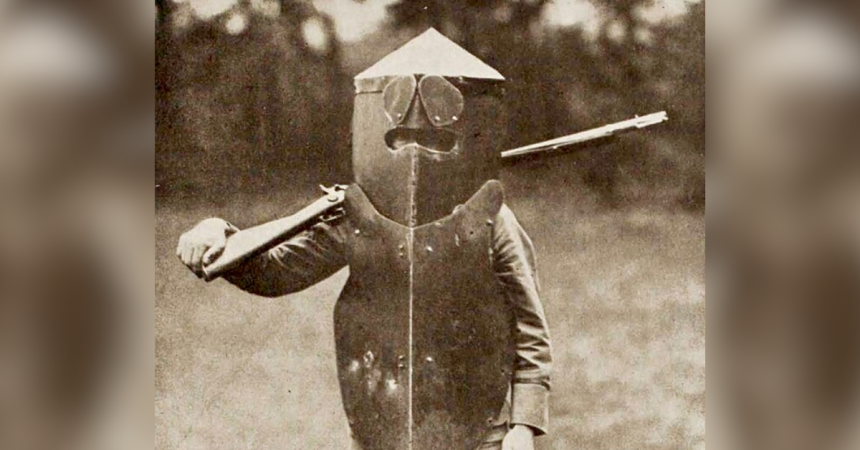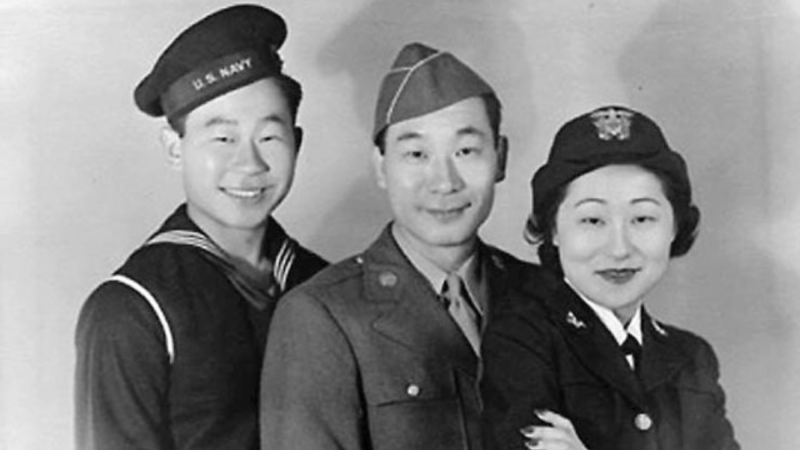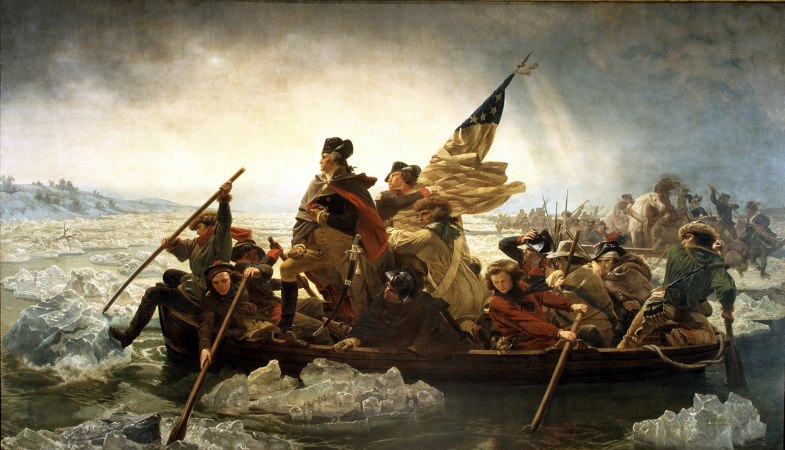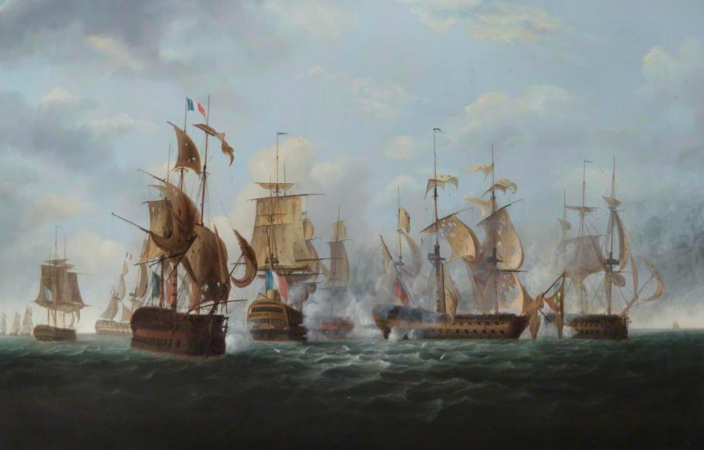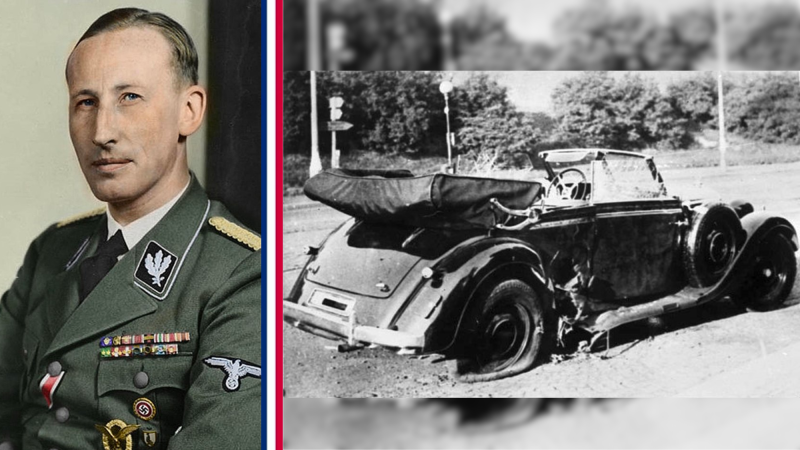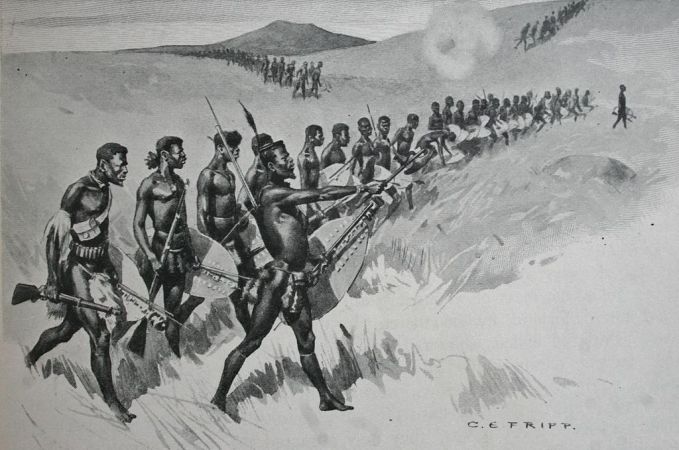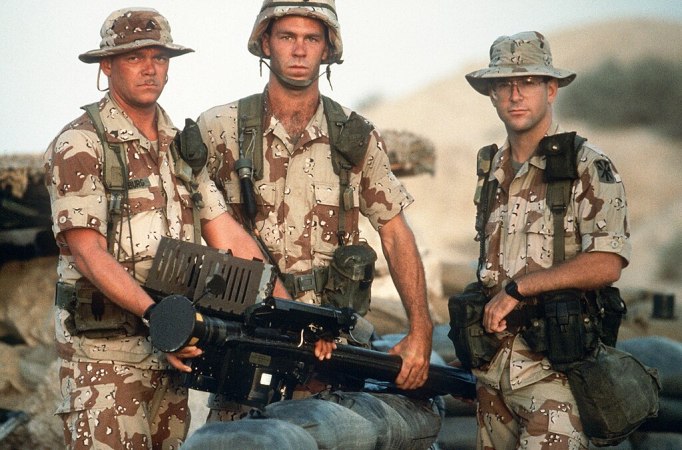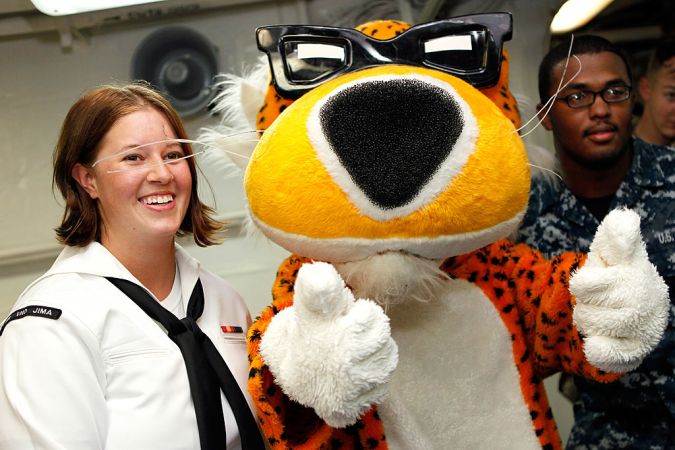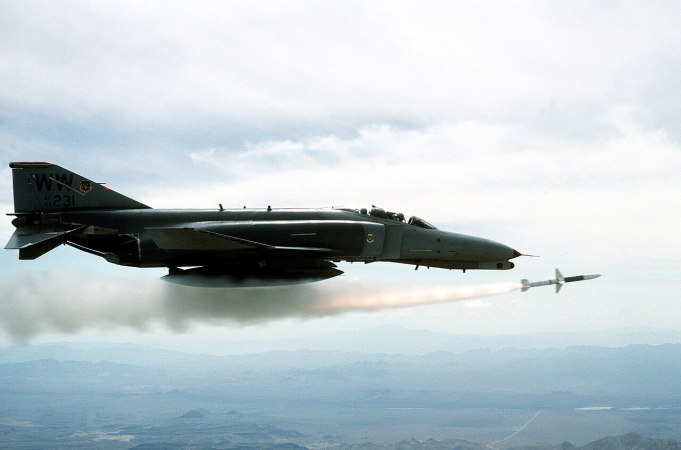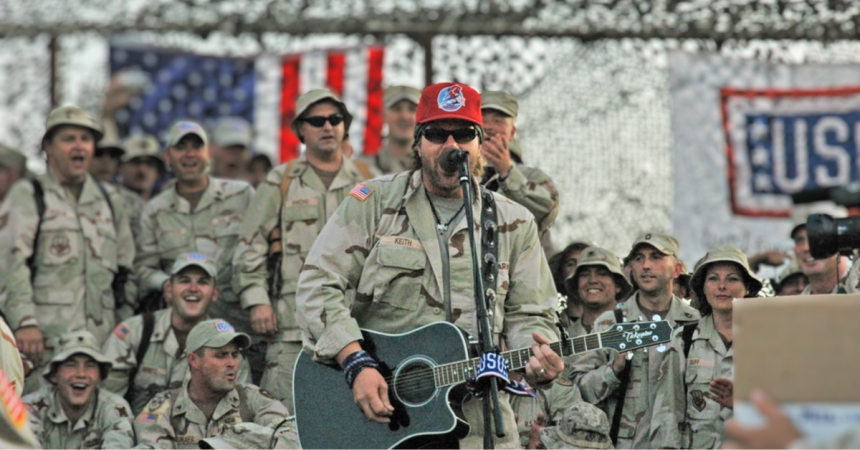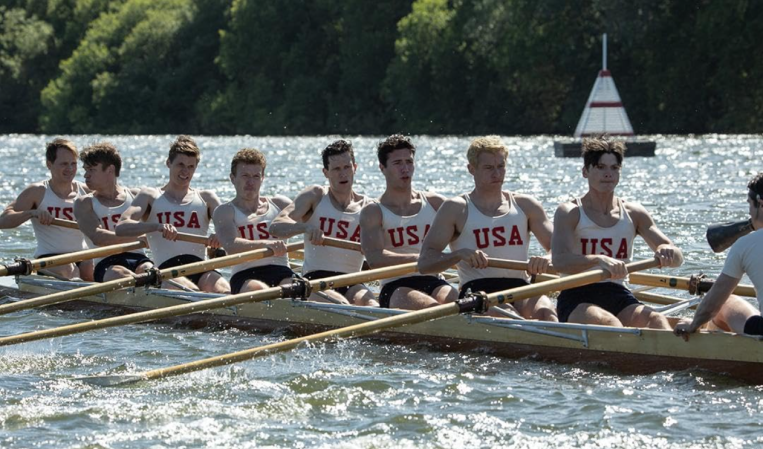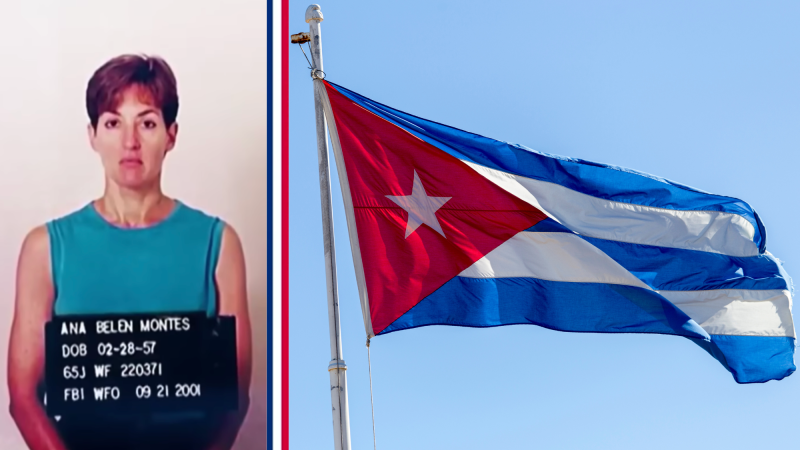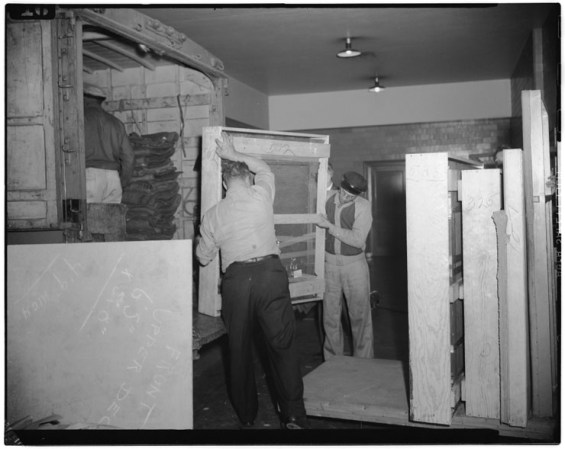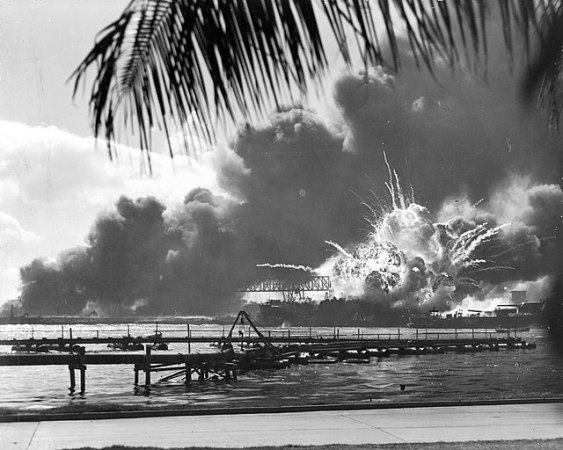Operation Cyclone was the CIA’s most expensive covert military assistance program during the Cold War. Initiated in 1979, the operation lasted until 1989. The aim was simple but strategic — bleed the Soviet Union in Afghanistan, just like the U.S. had been bled in Vietnam.
President Jimmy Carter approved this covert action following the Soviet invasion of Afghanistan on December 24, 1979. His National Security Advisor, Zbigniew Brzezinski, was instrumental in pushing for U.S. involvement. Brzezinski saw the Afghan resistance as a golden opportunity to embroil the Soviets in a quagmire.
Weapons, money and middlemen
When it comes to war, hardware matters. In 1986, the CIA decided it was time to give the mujahideen a real shot at turning the tide against the Soviet military. Enter the FIM-92 Stinger anti-aircraft missiles, a game-changing addition to the resistance’s arsenal. These missiles were far from ordinary; they came equipped with infrared homing guidance systems, meaning they could “seek” the heat source of an aircraft and destroy it in the air. Soviet helicopters and low-flying jets, once the uncontested rulers of the Afghan sky, found themselves outmatched. The CIA didn’t cut corners when supplying these state-of-the-art missiles. Each cost around $38,000 in the late 1980s, with a range of up to 8,000 meters and a speed of Mach 2.2.
But the CIA wasn’t acting alone in this arms bonanza. Saudi Arabia was matching the United States dollar for dollar. The Saudis saw communism as a real threat to the Islamic world. A stable Afghanistan would mean less potential unrest spilling over into their backyard.
Then there’s Pakistan, an indispensable cog in this complicated machine. Inter-Services Intelligence (ISI), the country’s powerful intelligence service, acted as the middleman. They took the money and arms from the U.S. and Saudi Arabia and funneled it to the mujahideen. ISI wanted a pro-Pakistan government in Kabul so they backed Gulbuddin Hekmatyar, leader of the Hezb-e Islami faction. Hekmatyar was a hardliner known for his ruthless tactics, Islamist ideology, and staunch anti-Shia stance.

From high-tech Stinger missiles to intricate financial networks and calculated political maneuvering, Operation Cyclone was anything but simple. It was a carefully orchestrated play, with each country pulling strings in the shadows, each with its endgame in sight.
Charlie Wilson’s War
Charlie Wilson, known by the affectionate moniker “Good Time Charlie,” was no ordinary congressman. Representing Texas’s 2nd congressional district, he was a twelve-term Democrat with a flair for the dramatic and an ability to make headlines. But what set him apart was his passionate involvement in Operation Cyclone. Wilson had access to a unique purse — the CIA’s black budget through his seat on the House Defense Appropriations Subcommittee.
Wilson didn’t stop at rubber-stamping budgets. He went on what many termed “fact-finding missions,” visiting refugee camps near Peshawar, Pakistan. There, he met with the mujahideen leaders, saw firsthand the devastation caused by Soviet bombings, and listened to tales of valor from injured fighters. These experiences fueled his resolve to channel more funds and advanced weaponry to the Afghan resistance.
Wilson teamed up with Gust Avrakotos, a blunt, no-nonsense CIA operative overseeing the Afghan task force to push his agenda. Together, they lobbied Congress, orchestrated media coverage, and successfully bypassed various bureaucratic hurdles. By the end of the operation, Wilson had managed to boost aid to the mujahideen to an unprecedented level, peaking at around $700 million per year by 1987.

Soviets call it quits
Meanwhile, the Soviets were losing service members and material at an alarming rate. Between 1986 and 1989, their casualties spiked significantly, particularly after the mujahideen received Stinger missiles. Unable to maintain a grip on Afghanistan and facing mounting internal pressures, Soviet leader Mikhail Gorbachev made a pivotal decision. On February 15, 1989, the last Soviet troops crossed the Friendship Bridge back into Uzbekistan. Soviet involvement in Afghanistan had cost them nearly 15,000 lives and a tarnished international reputation.
But this wasn’t a neat ending to the Afghan saga. The mujahideen, now well-armed and well-funded, found themselves in a fractured landscape. Different factions vied to control Kabul and other strategic areas, leading to a brutal civil war. The Afghan conflict devolved into a complex tapestry of tribal rivalries and ideological schisms, further complicated by foreign intervention from neighboring countries.

The Soviets’ departure created a vacuum filled by competing mujahideen warlords. This chaotic period paved the way for the rise of the Taliban, a radical Islamic movement. By 1996, the Taliban had captured Kabul and imposed a harsh Sharia law. The intricate web of alliances and enmities dating back to the days of Operation Cyclone would later pose new challenges for the United States when it returned to Afghanistan in the wake of the 9/11 attacks.
The final fallout
The end of Operation Cyclone led to a power vacuum. The mujahideen didn’t disband. They splintered into different groups, eventually giving rise to factions like the Taliban and complicating the Afghan civil war.
The operation left Afghanistan awash in weapons, some of which ended up in the hands of groups that would later become adversaries of the United States, like al-Qaeda. The U.S. had to reckon with these unintended consequences during the invasion of Afghanistan 2001 and in subsequent counterterrorism operations.
The operation’s success in driving the Soviets out of Afghanistan is indisputable. But its legacy is complex and tinged with irony. It serves as a lesson in the unpredictable outcomes of covert military interventions.


